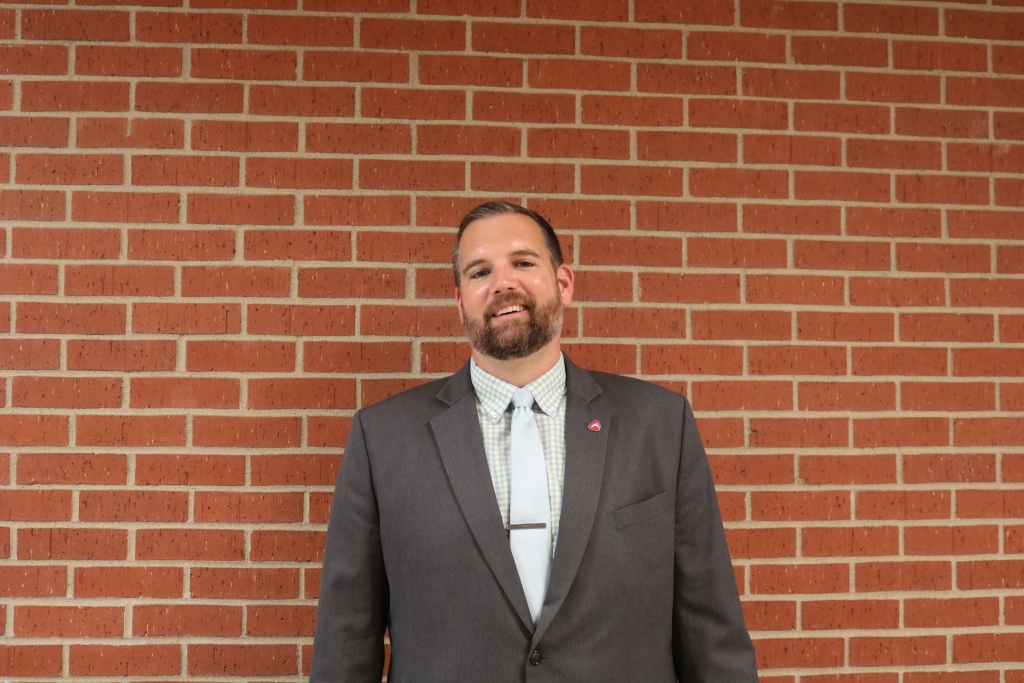Eudora Looks Into AP Classes for 2019-2020

Story by Phillip Pyle »
Throughout high school, Senior Mary Young found a tough challenge in working to find harder material.
With opinions like this among students, Eudora is beginning to look into more options concerning challenging curriculum. One of these options is Advanced Placement (AP).
AP is a college-level program that consists of examinations at the end of year-long courses. The curriculum is administered by the College Board, who also creates the SAT. These classes are used to better prepare students for postsecondary education and to obtain college credit for particular courses. The classes are characterized by their rigor and dedicated students.
In May, there are two weeks in which the exams are taken. The test score ranges from 1 to 5, with 5 being the highest. In order to qualify for credit, one must score a 3, however, some institutions require a score of 4 or 5 to receive credit. AP currently consists of 38 courses, ranging from AP Physics C: Electricity and Magnetism to AP Studio Art: Drawing.
One of the benefits of AP is its universality. The current dual credit system used by EHS is not transferable to some institutions outside the Kansas area. AP, on the other hand, is transferable everywhere (depending on the score received).
“At KU, for example, if you take the AP Chem test and you score so well on the test, you can get 3 hours of credit, 6 hours of credit, and you can even get 15 hours of credit,” said EHS Assistant Principal Mr. Zlatnik, “If you can get 15 hours of credit for a $95 test, that’s one heck of a deal.”
Mr. Zlatnik and Counselor Mrs. Brown are currently looking into the pros and cons of AP and other options for college credit. Clearly, AP is relatively affordable. AP exams are $95 each, whereas, JCCC CollegeNow courses are $110/credit hour, meaning each class at EHS costs anywhere from $330 to $550.
However, the one caveat with price is the possibility of not receiving credit. In AP courses, if a student scores below a 3 on an exam, they don’t receive the credit, even after paying $95. With dual credit courses through JCCC, if the student passes the course, they receive credit.
Implementing AP into the EHS curriculum would not be a simple ordeal.
“There would be a lot of changes that would have to take place if we did that,” said Zlatnik, “There would be curriculum changes, we would have to get a lot of new materials.”
There are mixed opinions of AP within the school, but some students seem to have clear opinions on it. Mary Young is one of those students. She wishes that other challenging courses and AP would have been offered at the school during her time here.
“We definitely don’t have AP classes or any of the harder classes that really prepare you college,” said Young, “The first time I’ve really felt challenged in school is this year.”
If EHS were to decide to implement AP, how would they do so? According to The College Board, schools must submit the subject-specific course AP Course Audit form and a course syllabus for each teacher.
Science teacher Mr. Pickett believes there are benefits to AP, but doesn’t see the difference in its material.
“In terms of content, I don’t know that it would be that much different,” said Pickett, “It would require some adjustment.”







